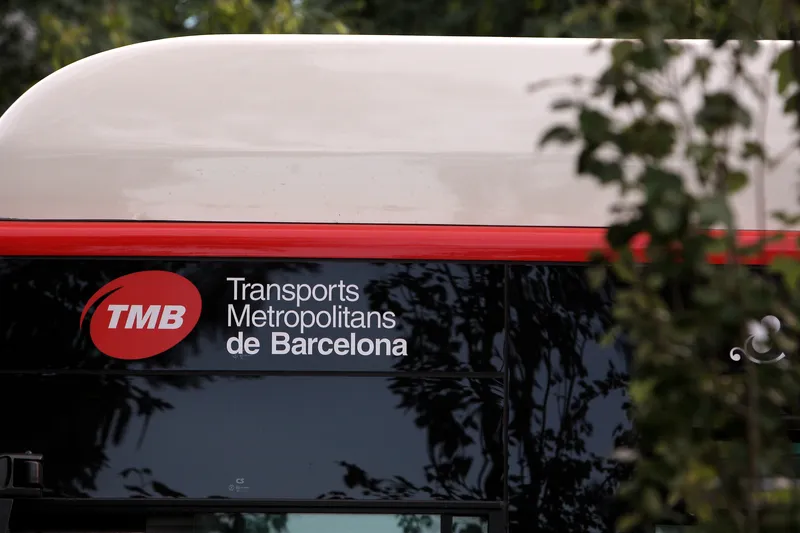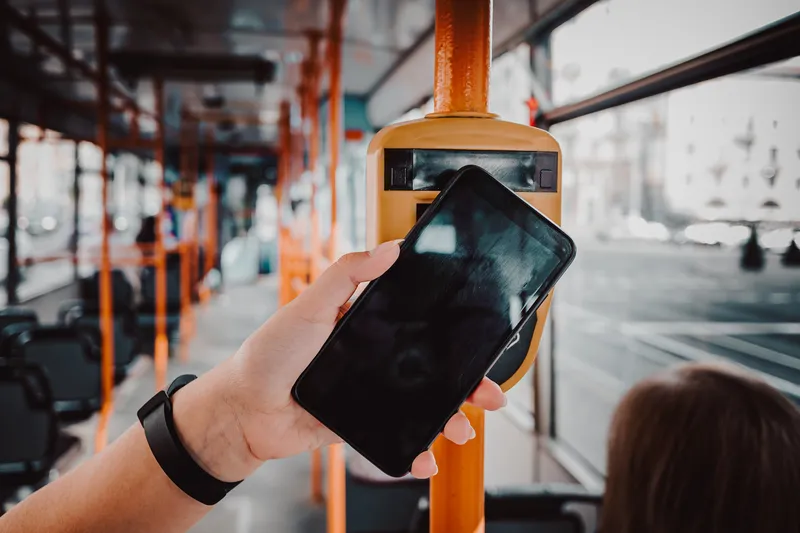More than 2.7 billion trips were taken on US public transportation in the third quarter of 2014, according to a report released today by the American Public Transportation Association (APTA). This is a 1.8 per cent increase over the same quarter last year, representing an increase of more than 48 million trips and the highest third quarter ridership since 1974 (the oldest third quarter APTA has available for comparison).
Some public transit systems that reported record third quarter ridership for their
December 19, 2014
Read time: 3 mins
More than 2.7 billion trips were taken on US public transportation in the third quarter of 2014, according to a report released today by the American Public Transportation Association (618 APTA). This is a 1.8 per cent increase over the same quarter last year, representing an increase of more than 48 million trips and the highest third quarter ridership since 1974 (the oldest third quarter APTA has available for comparison).
Some public transit systems that reported record third quarter ridership for their entire system or for a specific line are located in: Albany; Ann Arbor; Birmingham; Denver; Minneapolis; New York City (Metro North); Oakland; St. Petersburg; Peoria; Seattle; and Wenatchee.
Noting that ridership on US public transportation has increased in 12 of the last 15 quarters, APTA president and CEO Michael Melaniphy said, “There are a number of reasons why public transportation ridership is on the rise. First, the investment in public transportation by the federal government has paid off with new rail and bus rapid transit lines or extensions that have opened up in recent years. These new services have not only created greater access for people to use public transit, but have led to economic development that has transformed and revitalised the community. Public transportation is not just moving people, but also positively shaping the communities we live in.”
He said that another reason for the increase is that people are responding positively to the quality of public transportation that is now available. “For example, some public transit systems have increased their frequency of service and have modernised their vehicle fleets, he said. “Also, with the use of apps and real time information at stations, riders can easily find out when the next bus or train will arrive. Technology has made riding public transportation more convenient and easier to use.
“Additionally, the economy is recovering and since nearly 60 percent of public transit trips are taken to travel for work commutes, public transportation ridership has increased in cities where the economy has improved,” said Melaniphy.
“High and volatile gas prices have played a part over the past nine years in convincing people to try public transportation,” said Melaniphy. “Now that gas prices are declining, many people are still choosing to ride public transportation. They have discovered that there are other benefits to taking public transit besides saving money.”
Some public transit systems that reported record third quarter ridership for their entire system or for a specific line are located in: Albany; Ann Arbor; Birmingham; Denver; Minneapolis; New York City (Metro North); Oakland; St. Petersburg; Peoria; Seattle; and Wenatchee.
Noting that ridership on US public transportation has increased in 12 of the last 15 quarters, APTA president and CEO Michael Melaniphy said, “There are a number of reasons why public transportation ridership is on the rise. First, the investment in public transportation by the federal government has paid off with new rail and bus rapid transit lines or extensions that have opened up in recent years. These new services have not only created greater access for people to use public transit, but have led to economic development that has transformed and revitalised the community. Public transportation is not just moving people, but also positively shaping the communities we live in.”
He said that another reason for the increase is that people are responding positively to the quality of public transportation that is now available. “For example, some public transit systems have increased their frequency of service and have modernised their vehicle fleets, he said. “Also, with the use of apps and real time information at stations, riders can easily find out when the next bus or train will arrive. Technology has made riding public transportation more convenient and easier to use.
“Additionally, the economy is recovering and since nearly 60 percent of public transit trips are taken to travel for work commutes, public transportation ridership has increased in cities where the economy has improved,” said Melaniphy.
“High and volatile gas prices have played a part over the past nine years in convincing people to try public transportation,” said Melaniphy. “Now that gas prices are declining, many people are still choosing to ride public transportation. They have discovered that there are other benefits to taking public transit besides saving money.”









